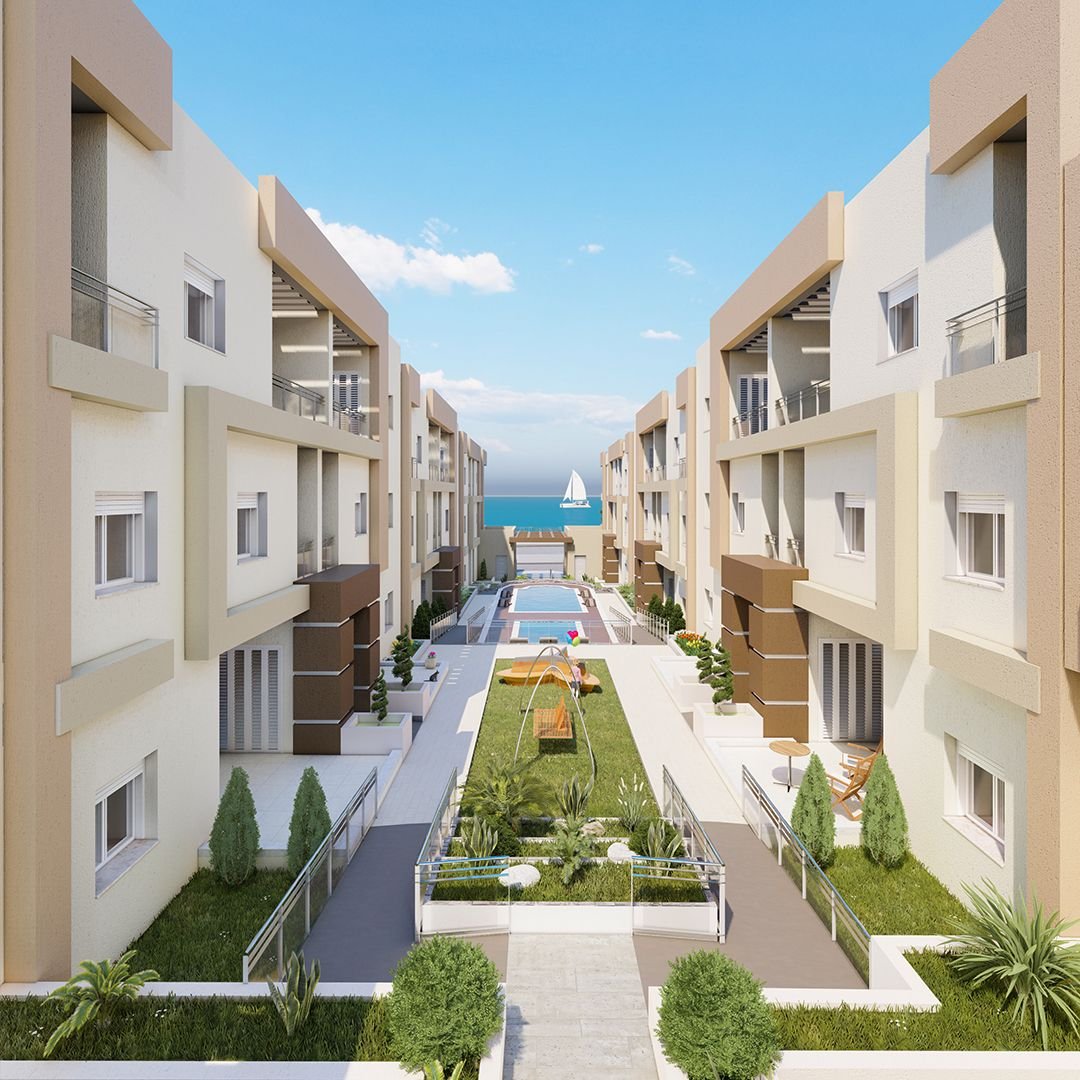If you’ve looked at housing options lately,whether in Lisbon, Medellín, Bangkok, or Austin;you’ve probably noticed something: traditional apartment rentals are no longer the only game in town. A new model, co-living, has gained serious traction with digital nomads, expats, and even younger professionals who value community, flexibility, and affordability.
But is co-living really better than renting your own apartment? Or is it just a passing trend? Let’s break it down for 2025.
1. The Core Difference
- Traditional Rentals: You lease an apartment or house on your own (or with roommates you find independently). Contracts usually lock you in for 6–12 months, utilities are on you, and you manage the landlord directly.
- Co-Living Spaces: These are professionally managed, community-oriented housing setups where you rent a private bedroom (sometimes with an ensuite) while sharing common areas like kitchens, lounges, and workspaces. Utilities, Wi-Fi, cleaning, and even social events are bundled into the monthly fee.
Think of co-living as Airbnb + coworking + housing,all in one.
2. Why Co-Living Works in 2025
Co-living took off during the pandemic recovery years, but in 2025, it’s become a serious housing model. Here’s why:
- Flexibility: Most co-living contracts are month-to-month. Perfect for digital nomads or professionals on temporary assignments.
- Community: Loneliness is the #1 complaint among expats and remote workers. Co-living provides built-in social circles, mixers, and shared experiences.
- Turnkey Setup: Forget buying furniture or setting up utilities. You move in with a suitcase, and everything works.
- Cost Efficiency in Hotspots: In cities like Dubai, Barcelona, or Mexico City, co-living can be cheaper than renting a full apartment once you factor in utilities, coworking memberships, and cleaning.
- Professional Management: Landlords ghost you. Co-living operators often provide customer service, cleaning staff, and maintenance at scale.
3. Where Traditional Rentals Still Win
That said, co-living isn’t for everyone:
- Privacy: With shared kitchens and lounges, you’re never truly alone. Introverts may find it draining.
- Long-Term Costs: If you’re staying 6–12 months, traditional rentals are often cheaper. Co-living premiums add up.
- Customization: With your own rental, you choose furniture, design, and even your internet speed. Co-living is “take it or leave it.”
- Stability: Co-living spaces are optimized for churn. If you want to build roots, neighbors may come and go too quickly for meaningful long-term friendships.
4. The 2025 Market Landscape
Co-Living Hotspots: Lisbon, Medellín, Bali, Bangkok, Mexico City, and Dubai lead the pack. Operators like Outsite, Selina, and Coliving.com are scaling globally.
- Traditional Rentals Still Rule: In smaller towns, developing regions, and rural areas, traditional rentals remain dominant often because co-living operators haven’t entered those markets yet.
- Hybrid Models Emerging: Some companies are offering “private serviced apartments” with access to shared coworking and community events. It’s the best of both worlds.
5. How to Decide What Works for You
Ask yourself:
How long am I staying?
- 1–3 months → Co-living is easier.
- 6–12 months → Traditional rental is likely cheaper.
- Do I need community or privacy?
- Want built-in social life → Co-living.
- Value personal space → Traditional rental.
What’s my budget tolerance?
- Willing to pay for convenience → Co-living.
- Prefer control over expenses → Traditional rental.
What city am I in?
- Major digital nomad hubs → Co-living options are plenty.
- Off-the-beaten-path → Traditional rentals are your only option.
Final Word
In 2025, there’s no single “better” option,it’s about your lifestyle stage and travel goals.
Co-living thrives for mobility, social connection, and convenience.
Traditional rentals remain king for privacy, customization, and long-term affordability.
For many globally minded men building international lifestyles, the smartest approach is using both strategically: co-living for short stints in new cities (to network fast), and traditional rentals once you decide to settle or stay longer.
At Passport Champs, we encourage men to weigh these choices not just as housing decisions, but as lifestyle investments. Where you live shapes who you meet, how you grow, and the type of global life you’re building.













